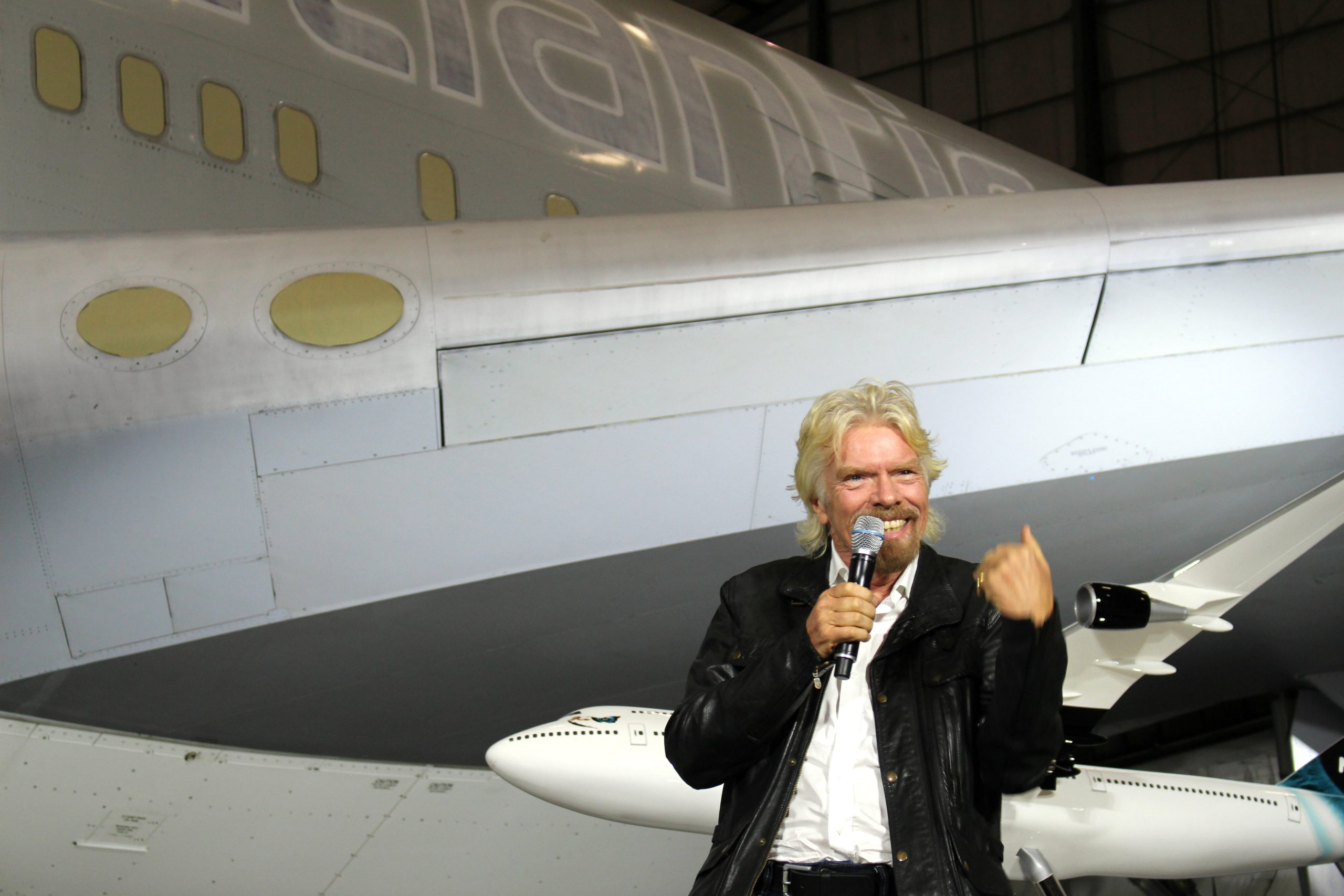It's now official—the launch company Virgin Orbit is being sold for parts. In a new filing as part of the bankruptcy process, Rocket Lab purchased the company's main production facility in Long Beach, California, to support its Neutron rocket. Stratolaunch bought Virgin Orbit’s Boeing 747 aircraft and related equipment. And Launcher acquired the company's lease on a test site in Mojave.
That's it. After six years, Virgin Orbit is done, and its LauncherOne will fly no more. The purpose of this article is not to criticize the company's technology or employees. In truth, the engineering teams did a magnificent job of getting a liquid-fueled rocket to drop from a 747 aircraft, ignite its engine, and reach space.
No, the problem was Virgin Orbit's management, including Chief Executive Officer Dan Hart and its founder, Sir Richard Branson. Due to their leadership, the company had a terrible, unsupportable business plan and compounded those issues by hiring an unsustainable workforce of 700 people.
Origins
Virgin Orbit originated more than a decade ago as an offshoot of Virgin Galactic, which was using an aircraft as a first stage to launch a suborbital space plane for tourists. In its early years, the company hired several engineers from SpaceX to begin designing a rocket that could be dropped from an aircraft.
This business ran fairly lean until Virgin Orbit was separated from its parent company in 2017, and Branson hired Hart, who had spent decades as a system engineer at Boeing’s Space division as its president. Hart instituted a more cautious approach and began staffing up the company. A planned first launch in 2018 was delayed by more than two years.
When LauncherOne finally took flight for the first time in May 2020, the company had spent a staggering amount of money, nearly $1 billion, developing the rocket and air-launch system. It was clear at the time that Virgin Orbit was never going to make that money back by charging $12 million to $15 million to launch a few hundred kilograms per mission.
It also seemed fairly obvious that, with the large workforce Hart hired, Virgin Orbit was not going to break even. The company's human resources bill alone was likely about $150 million per year, and that did not include facilities, leases, equipment, and hardware costs. Assuming a profit of $10 million per launch—an exceedingly generous figure—Virgin Orbit would have to launch something like 30 times a year to break even.
There clearly was no market for this, and even reaching such a cadence would have required several years. Rocket Lab, which has a proven, similarly sized vehicle in Electron, is only seeing a demand for about a dozen flights per year to dedicated orbits. SpaceX, with its Transporter rideshare missions, was also eating into Virgin Orbit's market. The business case simply did not close.
Other small launch companies have solved this dilemma by pivoting to a much larger rocket, such as SpaceX with the Falcon 9 in 2009, Rocket Lab with Neutron, and Relativity Space with Terran R more recently. But Virgin Orbit was constrained by the size of the rocket its 747 aircraft could carry. Even during a time of incredible exuberance for space companies going public via special purpose acquisition companies, or SPACs, the public markets seemed to understand this.
In 2021, Virgin Orbit sought to answer its short-term cash needs by going public via SPAC. However, funds raised from this merger were far less than anticipated. Upon announcing its intent to go public, Virgin Orbit said it anticipated raising $383 million from the proceeds of the SPAC transaction, but it raised just $68 million from this process and instead had to turn to private investments for an additional $160 million to keep operating. Even with increasingly dire financial resources, sources say, Hart did little to pare back spending.
Endings
There really was only one lifeline left for Virgin Orbit. It needed the United Kingdom or United States government to step in and decide that the company was providing an essential service. Hopes for an intervention from the UK government dimmed in January after a much-ballyhooed launch from Cornwall, England, ended in failure.
That left the US government. And according to sources, there were serious discussions this month in the US Space Force about promising contracts and other financial support to bidders in Virgin Orbit's bankruptcy should the winner keep the company together and continue flying. But in the end, this support could not overcome the terrible business model.
And why would the US government be all that interested anyway? Certainly, the military has urgently been seeking the capability of "responsive launch," that is, if it were to lose some satellites during a conflict, it would be nice to have the ability to launch new ones on demand. With an aircraft as a first stage, Virgin Orbit said it could reach any orbit, at any time, by taking off from a multitude of runways around the world.
Maybe so, but Orbital Sciences developed this capability more than three decades ago with the Pegasus rocket, which is now operated by Northrop Grumman. Like LauncherOne, Pegasus is dropped from an aircraft and can take off from locations around the world. As a solid-fueled booster, it is arguably more responsive.
But there has been almost no demand for the rocket. Pegasus has launched just four times in the last decade, with a single one of those missions flying for the US military.


